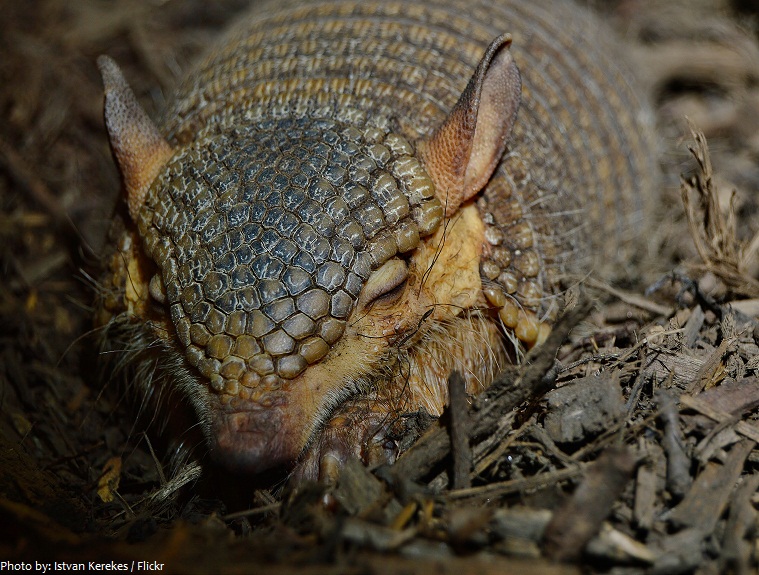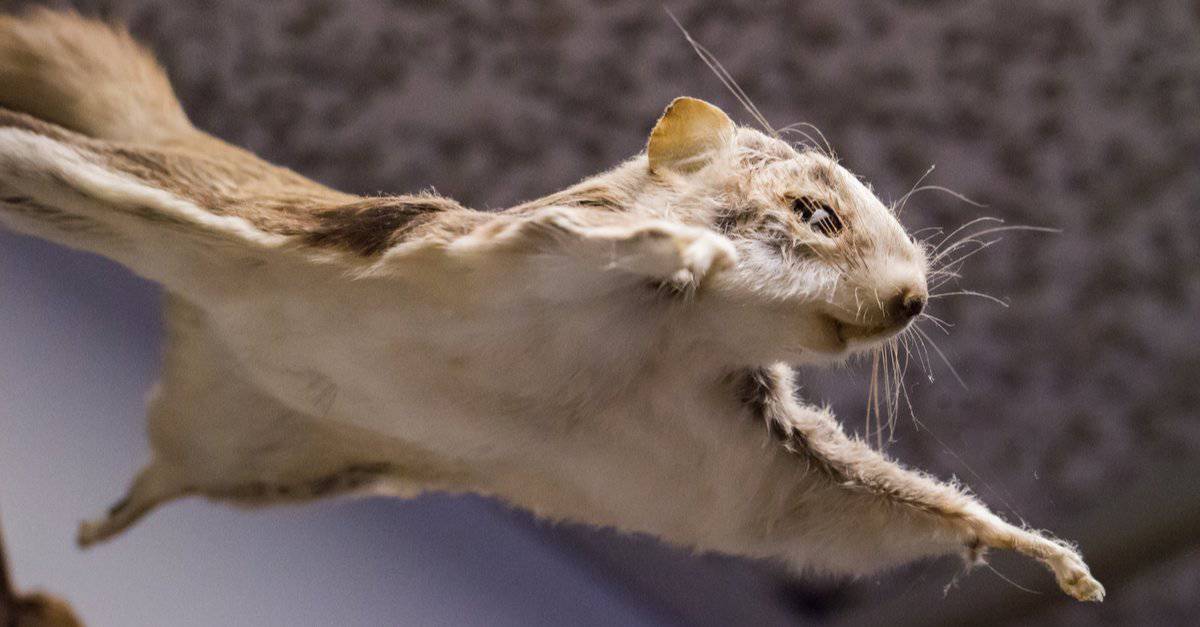

It digs a burrow out of large ant nests, which are common in the Chaco region, using its six-inch claws. Besides being the largest of the armadillos, the giant armadillo also has the most teeth, up to 100! It often rises on its back legs, balancing with its tail. This is the type commonly seen in Texas, where it was adopted as the official state mammal.Īrmored king. Despite the common name, they can have eight or nine bands, depending on where they live. Nine-banded armadillos are also known as long-nosed armadillos because of their longer head and snout. Threats to armadillos include domestic dogs, wild cats, birds of prey, and humans.Īll my exes live in Texas. The three-banded armadillo is the only type of armadillo that can roll up into a ball for protection: its teardrop-shaped head plate seals the opening so there are no chinks in the armor. When an armadillo feels threatened, it usually runs, digs, or presses its body down in the dirt to keep from getting flipped over.
#Are armadillos nocturnal or diurnal skin#
An armadillo's hard shell is simply modified skin that serves as one way they protect themselves. When the weather gets cooler, the same armadillos may start foraging earlier in the day, becoming more diurnal. For example, in hotter months, armadillos may be nocturnal, foraging at night when it is cooler and easy to move around. This causes their behavior to change from season to season.

Seven-banded armadillos sometimes share the burrow with several others of the same gender.Īrmadillos have little body fat and thin shells, so they cannot maintain their internal temperature as most mammals do. They are not good at staying warm on their own and don’t seem to mind having others around. When the weather is cold, armadillos may group together in burrows, often making a large nest of leaves, with grass inside. They travel to look for food and try to avoid danger. The heat is on. The majority of armadillos are solitary most of the time. Armadillos burrow in grass, hollow logs, and sometimes underground. But they are also found in thorn scrub, grasslands, and wooded areas. Most armadillos like wetlands with thick shade and sandy soil that is easy to dig in. In fact, everything varies when you're talking about armadillos! As body size and food sources vary, so do the home range and habitat of each armadillo species. Only the nine-banded armadillo is native to the United States. There are 20 armadillo species in the Americas most live in Central or South America. In fact, it looks like a mole wearing a fancy, armored headpiece and cape! In the size department, armadillos range in length from the pink fairy armadillo at 3 inches (8 centimeters) to the giant armadillo, which can be up to 5 feet (1.5 meters) long from head to tail and weigh up to 132 pounds (60 kilograms).īand on the run.

In the looks department, the nine-banded armadillo appears naked, while the pink fairy armadillo is mostly furry and has little shell. Their peg-shaped teeth crunch on insects, an armadillo's favorite food. Armadillos also have long claws for digging and foraging for food. These hardened, overlapping sections give most armadillos a pleated look.Īlthough the bands are tough like fingernails, the shell is flexible, with softer skin that expands and contracts between the bands. The number of bands depends on the species. The one thing that tells everyone they are looking at an armadillo is the roly-poly shell with "armored" bands. Some people refer to the hairs as curb feelers, since armadillos can feel their way around an area at night as the hairs touch objects. Although most armadillos look like they are bald, they do have wiry hairs on the sides and the belly. A mammal with a shell? The armadillo is really strange looking.


 0 kommentar(er)
0 kommentar(er)
